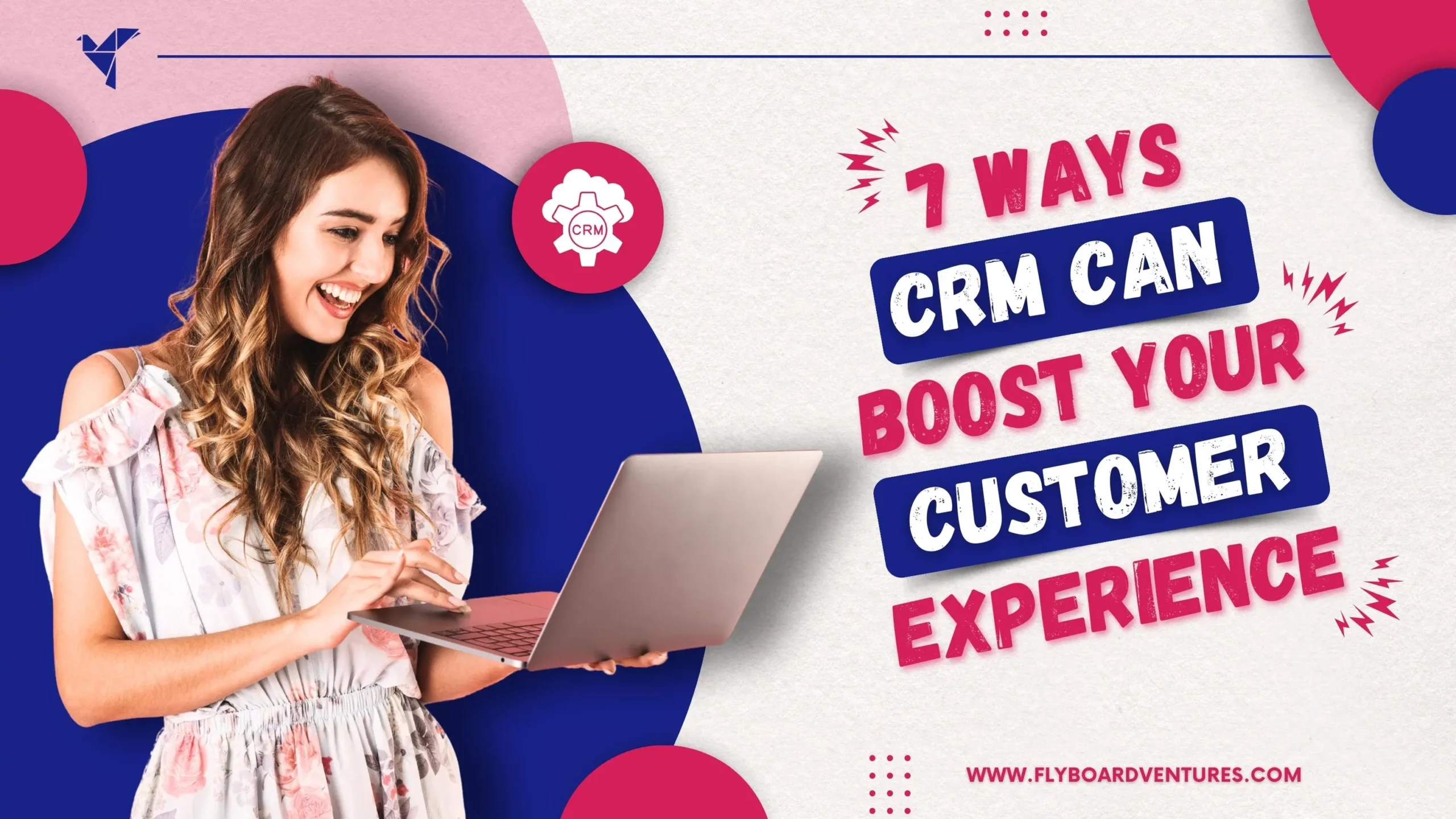Before the advent of the internet, customers had limited options with regard to products and services but in this digital era, customers now have unlimited options than ever before. So, in this case, businesses must differentiate themselves in order to be visible online so that they can generate more profit.
One of the most efficient ways to understand your client’s journey right from the beginning is when they become aware of your brand to the point when they make a purchase and beyond.
If you try to understand your client’s journey at a deeper level, you will come to know about their tastes, preferences, needs, and desires. This information will help you to adopt the right marketing strategy. Apart from this, you can design a more personalized experience for your clients which will outshine other competitors.
Now, the question arises, what do you actually mean by a client’s journey and how can you optimize every step to create an effective marketing strategy?
In this blog, Explore some useful tips on how to optimize the client’s journey
After taking into consideration their buying journey.
1. Identify Your Client’s Journey
The first and foremost step is to identify the client’s journey. It means understanding their needs, wants, tastes, and preferences deeply so that you can strategize better. The stages include awareness, consideration, decision, and retention.
If you won’t understand your client then you may land up making a poor marketing strategy that neither benefits you nor your customers. So, it’s crucial to prepare a detailed map of your customers so that you can prioritize the list and make the strategy effective.
2. Analyzing Their Touchpoints
Analyzing the touchpoints of your clients is important so that they interact throughout their journey.
Here Are Some Touchpoints:
- Discovery- This is the first step in which the client interacts with your brand. They interact via social media, search engines, or word-of-mouth recommendations.
- Website- Once the client discovers your brand, they will most likely visit your website to learn more about your products or services. This touchpoint includes everything from the homepage to the checkout process.
- Customer Service- After visiting your page, they may come up with certain questions and queries and may reach out to you via email, phone, or live chat.
- Purchase- This touchpoint includes the transactional process, including the check-out process, and follow-up communication.
- Delivery- Once the client has made a purchase, they will expect timely delivery of the product or service. This touchpoint includes shipping, delivery, and any updates on the status of the order.
- Post-Purchase: The client may have feedback or questions after receiving the product or service. This touchpoint includes any follow-up communication or support.
3. Understand Your Client’s Needs
Here are some ways to understand your client’s needs during their journey:
- Conduct Research- Conduct market research to understand your target audience and their needs. This could involve surveys, focus groups, and interviews. Collect data on their demographics, behaviors, and preferences.
- Map The Customer Journey- Map out the customer journey, from the moment they discover your brand to the point of purchase and beyond. Identify pain points and opportunities to improve the customer experience.
- Personalize Interactions– Use customer data to personalize interactions with your clients. This includes determining your marketing messages to their preferences, using their name in emails, and offering personalized recommendations.
- Listen To Feedback- Actively seek out feedback from your customers and listen to their suggestions for improvement. Use this feedback to refine your product or service and make it more aligned with their needs.
- Stay In Touch- Keep in touch with your customers even after they’ve made a purchase. Follow up with them to ensure they’re satisfied and address any concerns they may have.
Have a look at some ways to develop targeted messaging:
4. Develop Targeted Messaging
- Understand The Buyer Persona- Develop a clear understanding of your ideal customer’s demographics, psychographics, and behaviors. Use this information to create targeted messaging that speaks to their needs, interests, and pain points.
- Map The Customer Journey- Map out the customer journey and identify the touchpoints where you can deliver targeted messaging. For example, when a customer is browsing your website, you could provide personalized product recommendations based on their previous purchases or interests.
- Focus On Benefits- Focus on the benefits that your product or service provides to your customer. Highlight how your offering can solve their problem or meet their needs. This helps your messaging feel more relevant and valuable to the customer.
- Use Social Proof- Social proof can be in the form of customer reviews, ratings, or testimonials. You build credibility and trust with potential customers by showcasing how your product or service has helped others.
Below are some useful tips on how to use different marketing channels to reach your potential audience.
- Awareness Stage
At this stage, the client is just becoming aware of your brand or product. To reach potential customers at this stage, you can use social media platforms such as Facebook, Twitter, Instagram, and LinkedIn to create brand awareness through social media posts, influencer partnerships, and paid social media advertising.
5. Using Various Marketing Channels
- Consideration Stage
Next, the client is considering purchasing your product or service and is looking for more information. You can use content marketing channels such as your website, blog, and email marketing to provide valuable information to potential customers. You can also use search engine optimization (SEO) to ensure that your content is easily discoverable through search engines.
- Decision Stage
By now, the client has made the decision to purchase your product or service. Advertising channels such as Google AdWords and display advertising can be used to reach potential customers who are actively looking to make a purchase. Apart from this, you can also use email marketing to send personalized offers or promotions to customers who have shown interest in your product or service.
- Advocacy Stage
In this stage, the client has made a purchase and may become an advocate for your brand. Social media and email marketing are of great use to encourage happy customers to leave reviews or refer friends to your brand.
It becomes easy when you refine your marketing strategy by using customer feedback and data.
6. Customer Feedback
- Analyze Customer Feedback
Gathering customer feedback is essential to understanding what is working well and what needs improvement in your marketing strategy. Use surveys, customer reviews, and social media monitoring to collect customer feedback. Analyze the feedback to identify trends and areas for improvement.
- Track Key Metrics
Use analytics tools to track key metrics such as website traffic, conversion rates, and email open rates. This data can help you to identify which marketing channels and tactics are performing well and which are not.
- Testing
Testing your marketing campaigns is crucial to improve their effectiveness. Experiment with different messaging, images, and calls to action to see what resonates with your audience. Use A/B testing to compare the performance of different variations of your campaigns.
- Use Data To Inform Decisions
Use the insights gained from customer feedback and data analysis to make informed decisions about your marketing strategy. For example, if you find that a particular channel or tactic is not performing well, you may need to adjust your approach or invest more resources into a different channel or tactic.
By taking the time to truly understand your client’s journey and incorporating that understanding into your marketing strategy, you can increase engagement, build stronger relationships with your customers, and ultimately drive business growth.




